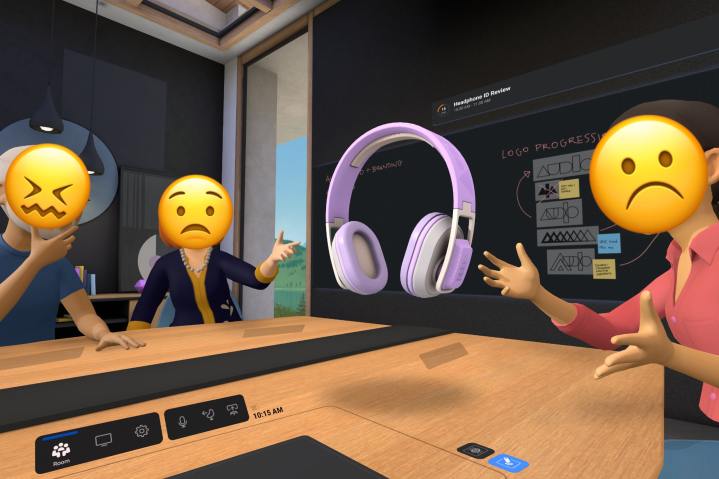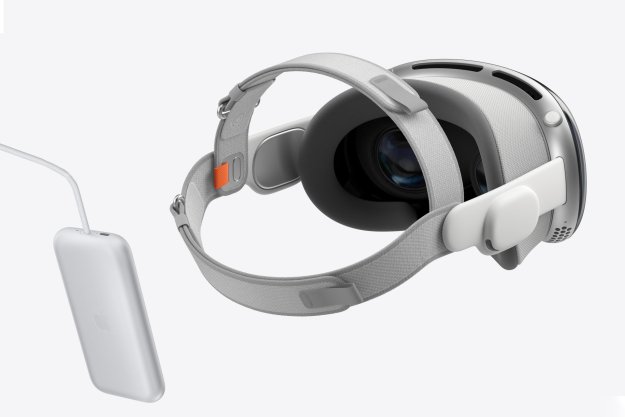The new Quest Pro, like any potentially groundbreaking device, is guaranteed to have customers that aren’t loving life on the bleeding edge of technology. Even VR enthusiasts have been caught off-guard by some of Meta’s decisions with its productivity headset.
Reddit user Letitcollapse expressed that they’ve owned Quest 1 and 2, so the Project Cambria headset was eagerly anticipated. After trying the Quest Pro, they were shocked by the color passthrough quality and the 90Hz display refresh rate. Compared to the Quest 2, which was updated by Meta to support up to a 120Hz refresh rate, the slower speed was seen as unacceptable. Apparently, there was some trouble with the setup as well, with a supported keyboard not working as expected.

Another Reddit post, this time from ZealotDKD2, who describes themselves as an Oculus fanboy, started with a complaint about PCVR lacking hand-tracking. Another point of contention was with the color passthrough, as they noted that it was grainy and the resolution was too low to allow reading their phone while wearing the headset and looking through its camera.
There haven’t been a large number of negative reactions so far and most reviewers express a bit of surprise at how good the Quest Pro is while noting that this VR headset still isn’t a complete laptop replacement. In my own brief testing, I’ve found it to meet my expectations, both in terms of potential as well as challenges. That will be explained in more detail in my upcoming review.
As a productivity headset designed to allow work in VR, Meta might not have anticipated how eager some people are for a high-resolution mixed-reality view. To be perfectly clear, the Quest Pro is a VR headset first and the mixed-reality view should be considered an additional benefit that is in the early stages of development. If you want more, you might have to wait for Apple’s Reality One headset, which is expected to cost more, but have a greater focus on AR potential.
Editors' Recommendations
- Meta has a bold new strategy for VR
- 8K VR comes to the Quest 3
- Meta Quest 4: Here’s what we want from the next big VR headset
- We have some bad news for Quest owners
- Does the Vision Pro work with glasses and contacts?




